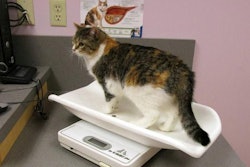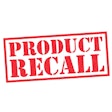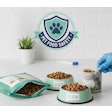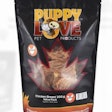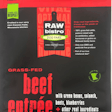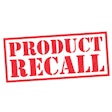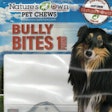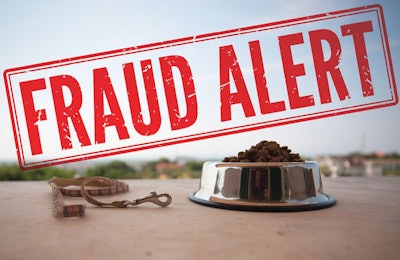
The 17th Annual American Academy of Veterinary Nutrition Clinical Nutrition & Research Abstract Symposium was held on June 7 in conjunction with the American College of Veterinary Internal Medicine Forum at National Harbor, Maryland, USA. I believe I've attended all of the symposia since its inception and, as always, I was not disappointed with the quality and diversity of the many presentations. However, the one topic that especially piqued my interest was "Introducing animal and veterinary product fraud: Building upon food fraud prevention concepts," presented by Dr. John Spink of the Food Fraud Initiative at Michigan State University (www.foodfraud.msu.edu).
Food fraud: definition and economics
"Food fraud" is succinctly defined by the Initiative as "intentional deception using food for economic gain." It can include adulteration of the food itself (e.g., the deliberate substitution of ingredients and/or purposeful decrease in nutritive value via inclusion of water or other diluents) or it can be an intentional misrepresentation about a food or its contents on labeling or elsewhere. It also embraces the concepts of food theft, diversion and counterfeiting. In any case, the purchaser of a fraudulent food is effectively cheated and does not receive the food that he or she was led to believe by the seller.
Food fraud is distinct from bioterrorism or other acts meant to intentionally cause harm to people or animals consuming the food. However, this does not mean that there are no potential health or other adverse effects caused by fraud beyond loss of money. The best example in the pet food industry of economically motivated fraud causing serious consequences is the melamine-related contamination incident in 2007. Although I can't speak as to the motives of the perpetrators, it seems unlikely that they envisioned harm to the dogs and cats eating the adulterated pet food. Rather, those committing this fraud were likely just looking to increase profits in that by adding relatively cheap melamine to wheat flour so as to artificially raise the apparent protein content, it could easily pass as wheat gluten, an ingredient for which a higher price could be demanded. Of course, we do not need to be reminded how this act of greed turned out for the 1,000s of animals that died or were otherwise adversely affected.
Laws and regulations are in place at both the federal and state levels to fight most forms of pet food fraud. Some types of fraud are easier to detect than others. For example, a purposeful exaggeration of a nutrient guarantee or net weight statement could easily be discovered upon routine sampling by a state feed control official or weights and measures inspector.
Other types, such as falsely or misleadingly declaring the presence or nature of an ingredient, or failure to declare an ingredient that is present, may be more difficult to uncover. However, these are not undiscoverable, as a facility inspection could include attempts to reconcile ingredients as declared on the label against those in inventory or in mixing records. For example, a company would have some serious explaining to do if it claimed "chicken" on its label but only chicken meal could be found at the facility.
Fighting pet food fraud at the industry level
Of course, pet food fraud costs pet owners money and potentially puts their pets at risk, but fraud doesn't just affect the consumer. Rather, it has an impact on all those in the industry. Because the fraud may have been perpetrated at the supplier level, it is critical that purchasers of ingredients or co-packed products practice due diligence to know exactly what is being received. Otherwise, the pet food company may inadvertently pass substandard and potentially dangerous products on to their customers. Also, fraud committed by competitors of a pet food company creates an unfair marketing advantage, and could adversely affect the public perception of the quality and safety of pet food products as a whole.
What can a pet food company do? The Food Fraud Initiative offers a number of training opportunities to companies to help them detect and prevent fraud. This includes a "Massive, Open Online Course" (MOOC) entitled "Food Fraud Audit Guide." The course is designed for those who are responsible for food safety and food quality in production of pet food. Concepts covered in the MOOC include:
- Definition and types of food fraud
- FSMA regulatory requirements
- GFSI-defined audit requirements
- Food Fraud Initial Screening (FFIS)
- Food Fraud Vulnerability Assessment (FFVA)
- Food fraud prevention strategy
The MOOC is open to all and free of charge for those who participate. As described on the website, there is a US$100 fee for a certificate of completion, however. For those who cannot attend the MOOC, there are lots of other resources available on the site as well.
It is incumbent upon all pet food companies to do what they can to ensure their products are responsibly produced and labeled. Beyond that, they should strive to take action against fraud whenever and wherever observed. Doing so helps pets and their owners, but also the company itself and the industry at large.
For more insights by Dr. Dzanis



